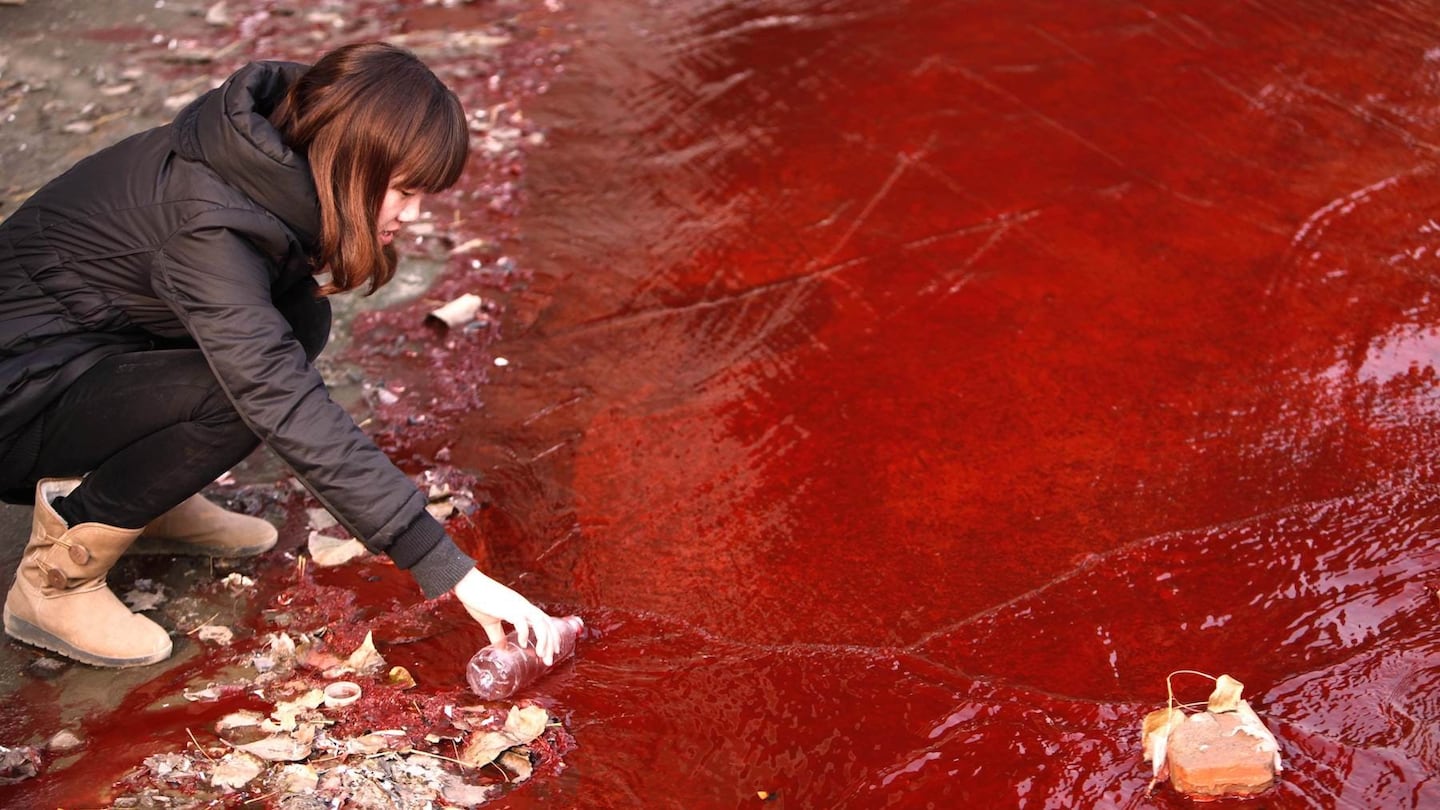
The Business of Fashion
Agenda-setting intelligence, analysis and advice for the global fashion community.

Agenda-setting intelligence, analysis and advice for the global fashion community.

NEW YORK, United States — The curtain has certainly risen on the fashion industry's enormous environmental footprint. Finally, customers are beginning to scrutinise the way in which their favourite brands conduct business around the world. More than any other industry, apparel has come into particularly sharp focus through the campaigns of human rights and environmental activists like Greenpeace and tragedies like Rana Plaza.
And yet, only a very small handful of fashion companies are truly trying to be more environmentally sustainable. Most of the rest of you are waiting and watching to see what everyone else does first — which is very out of character for an industry known for creativity, innovation and its ability to draw attention to itself.
The clutter of facile and contradictory advice that abounds on the topic of sustainability undermines many good intentions from the start. As an environmental professional with several decades of experience evaluating industrial impact, I must say, I have never seen such a mess. On the up side, all this advice indicates enthusiasm for the topic. But the down side is that the chaos and cacophony is debilitating for beginners.
Ironically, the roadmap to becoming more environmentally sustainable is actually quite straightforward. First, businesses need to focus on what matters the most. You only have so many hours or so much manpower to devote to sustainability, so make your actions count.
ADVERTISEMENT
Four areas in the textile industry have the biggest potential environmental impact: the types of fabrics you choose, the factories that dye and finish these fabrics, the way the goods are transported and the consumer care directions you give your customers.
• Designers and brands should maximise their reliance on the most sustainable types of fabrics — those made of fibres that were sustainably/organically grown or, if synthetic, made with recycled content. Not all fibres are equal in impact. The European Commission’s guide on this topic is a good place to start.
• Whatever fabric you choose should be processed and dyed using as few toxic chemicals as possible, such as those certified by the Global Organic Textile Standard (GOTS), Blue Sign or Cradle to Cradle.
• There is no sense in buying the right type of fibre if it’s been processed in an extremely polluting factory. The fabric mills supplying your goods should be in full compliance with wastewater discharge standards and air emission limits, and these mills should make information on their environmental discharges and emissions available to you and the public. The best of them should monitor their water and energy use and undertake efforts to limit their use, such as those promoted in NRDC’s Clean by Design programme. The chemicals they use in manufacturing should also be certified (from the above sources or similar).
• Garments should be transported by container ship and rail — air shipment has more than ten-fold the impact on climate change, and trucks are also significantly more polluting.
• Dry cleaning should not be your default suggestion for care, as it relies on dangerous toxic solvents that leave a residue. Instead, promote hand washing or a gentle machine cycle wherever possible.
With this knowledge in hand, the next step is to incorporate these practices into the business decisions you make on a daily basis.
• Designers should incorporate sustainability criteria into their process for selecting materials and seek information on fibre content, dyes and chemical processing. They should integrate sustainability into the general running of their business, for example, by making increasing the percentage of sustainable fabrics used in each collection an annual performance objective.
ADVERTISEMENT
• Sourcing departments should map their supply chain and research the environmental performance of their most strategically important fabric mills. The Sustainable Apparel Coalition’s Higg Facility Measurement Index and factory database is a useful resource on this topic. Large apparel retailers and brands may need to audit factories to monitor their performance. Egregious problems should disqualify contracts, but issues should be addressed with compliance orders where possible. In the annual performance objectives for buyers, businesses could include increasing the average Higg Facility score for the factories in their portfolio.
Add to this a moratorium on air freight and more careful consumer care instructions and — there you have it — an action plan. These steps alone won’t solve the fashion industry’s sustainability problem and making changes to become a more environmentally conscious business is no easy task. But it is, plain and simple, what the fashion industry needs to do.
Linda Greer is the director of the Natural Resources Defense Council's health and environment programme.
The views expressed in Op-Ed pieces are those of the author and do not necessarily reflect the views of The Business of Fashion.
Join the discussion on BoF Voices, a new platform where the global fashion community can come together to express and exchange ideas and opinions on the most important topics facing fashion today.
Overconsumption and fast fashion have become easy targets for brands flexing their climate-friendly attributes. Consumers may agree with the message — but take issue with a self-righteous tone.
Traces of cotton from Xinjiang were found in nearly a fifth of samples from American and global retailers, highlighting the challenges of complying with a US law aimed at blocking imports that could be linked to forced labour in China.
The fashion industry continues to advance voluntary and unlikely solutions to its plastic problem. Only higher prices will flip the script, writes Kenneth P. Pucker.
The outerwear company is set to start selling wetsuits made in part by harvesting materials from old ones.